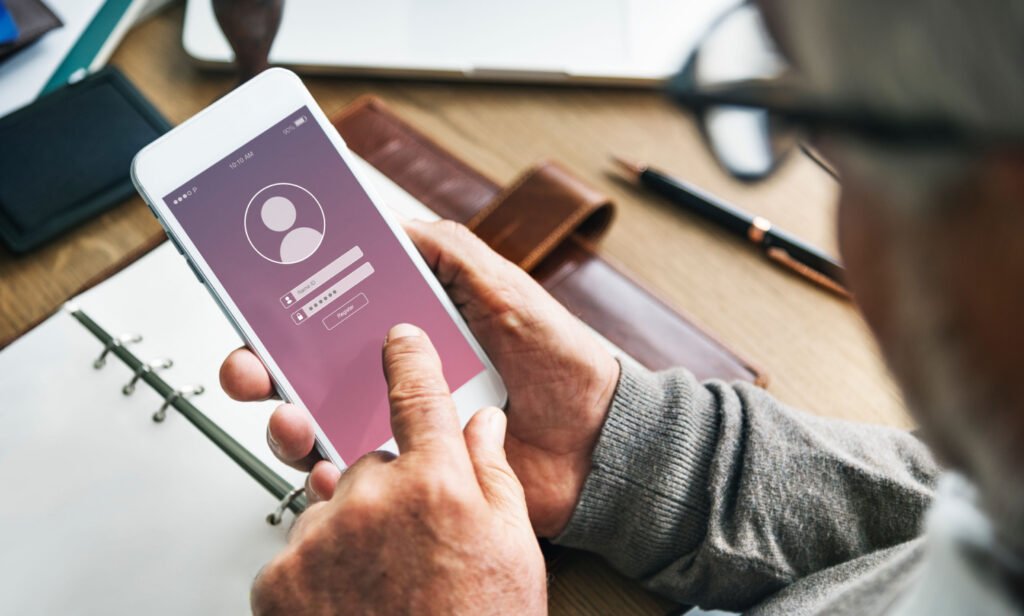Protect Your Privacy with Two-Factor Authentication
In an increasingly digital world, where online accounts and sensitive information are constantly at risk, ensuring the security of your data has never been more critical. One of the most effective ways to bolster your online security is by using Two-Factor Authentication (2FA). This additional layer of protection can make the difference between a secure account and one that’s vulnerable to cyberattacks.
What is Two-Factor Authentication?
Two-Factor Authentication, commonly known as 2FA, is a security process that requires users to verify their identity through two different factors before gaining access to an account or system. The first factor is typically something the user knows, such as a password or PIN. The second factor is something the user has, like a smartphone or a hardware token. By combining these two elements, 2FA makes it significantly harder for unauthorized individuals to gain access to your accounts.
How Does 2FA Work?
When you enable 2FA on your account, the login process changes slightly. After entering your username and password, you’ll be prompted to provide a second form of verification. This could be a one-time code sent to your smartphone via SMS, a code generated by an authenticator app, or even a biometric factor like a fingerprint or facial recognition.

Typical 2FA Process
- Enter Username and Password: The first step is to log in with your usual credentials.
- Receive a Code: After entering your password, you’ll receive a code via your chosen method—SMS, email, or authenticator app.
- Enter the Code: Input the code into the designated field to verify your identity.
- Access Granted: Once the code is confirmed, you gain access to your account.
Why is 2FA Important?
- Enhanced Security: The primary benefit of 2FA is the added security layer. Even if someone manages to steal your password, they would still need the second factor to access your account. This significantly reduces the risk of unauthorized access.
- Protection Against Phishing: Phishing attacks often trick users into revealing their passwords. However, with 2FA in place, even if a cybercriminal obtains your password, they won’t be able to log in without the second authentication factor.
- Safeguarding Sensitive Information: For businesses and individuals alike, protecting sensitive data is paramount. 2FA helps prevent breaches that could lead to the exposure of personal information, financial data, and other critical assets.
- Compliance with Regulations: Many industries, especially those dealing with financial and personal data, are required to implement 2FA as part of their security protocols to comply with regulations like GDPR and HIPAA.
Types of Two-Factor Authentication
- SMS-based 2FA: This method sends a one-time code to your phone via SMS. While convenient, it is less secure than other methods due to the risk of SIM-swapping attacks.
- Authenticator Apps: Apps like Google Authenticator, Authy, and Microsoft Authenticator generate time-based codes that you enter during the login process. This method is more secure than SMS-based 2FA.
- Biometric Authentication: This involves using a fingerprint, facial recognition, or voice recognition as the second factor. It’s highly secure, as it requires something uniquely tied to the user.
- Hardware Tokens: Physical devices, such as YubiKeys, generate a unique code or connect to your device via USB to authenticate your login. These are extremely secure but can be less convenient for some users.
In a world where cyber threats are constantly evolving, Two-Factor Authentication is a simple yet powerful tool to protect your online accounts. By adding an extra layer of security, you can significantly reduce the risk of unauthorized access and keep your sensitive information safe. Whether you’re securing personal accounts or protecting business data, enabling 2FA is a smart and necessary step in today’s digital landscape. Don’t wait—secure your accounts with 2FA today.











